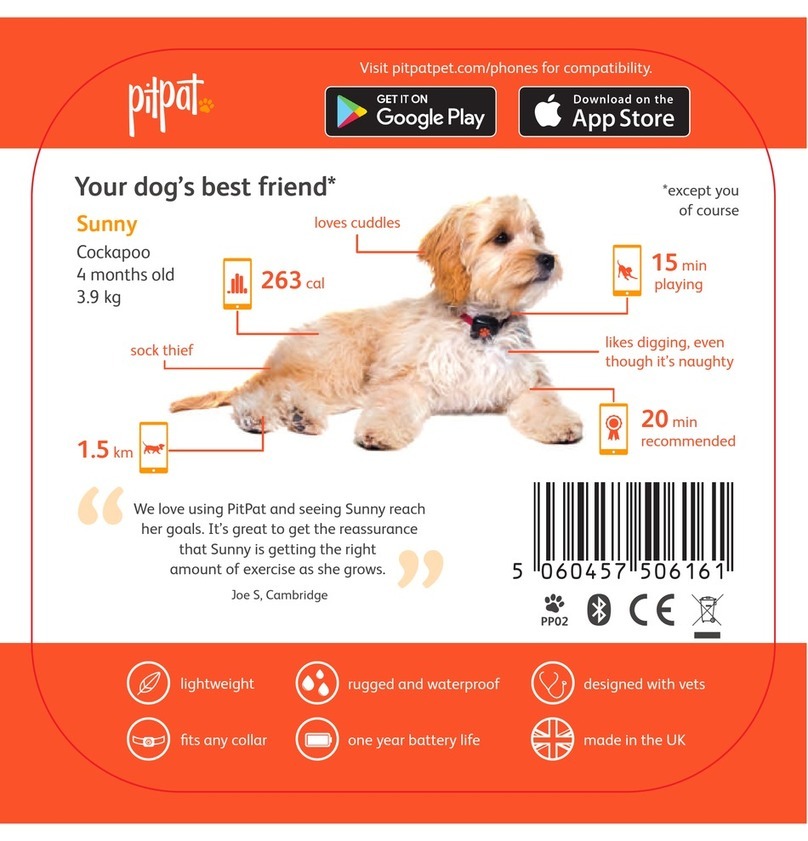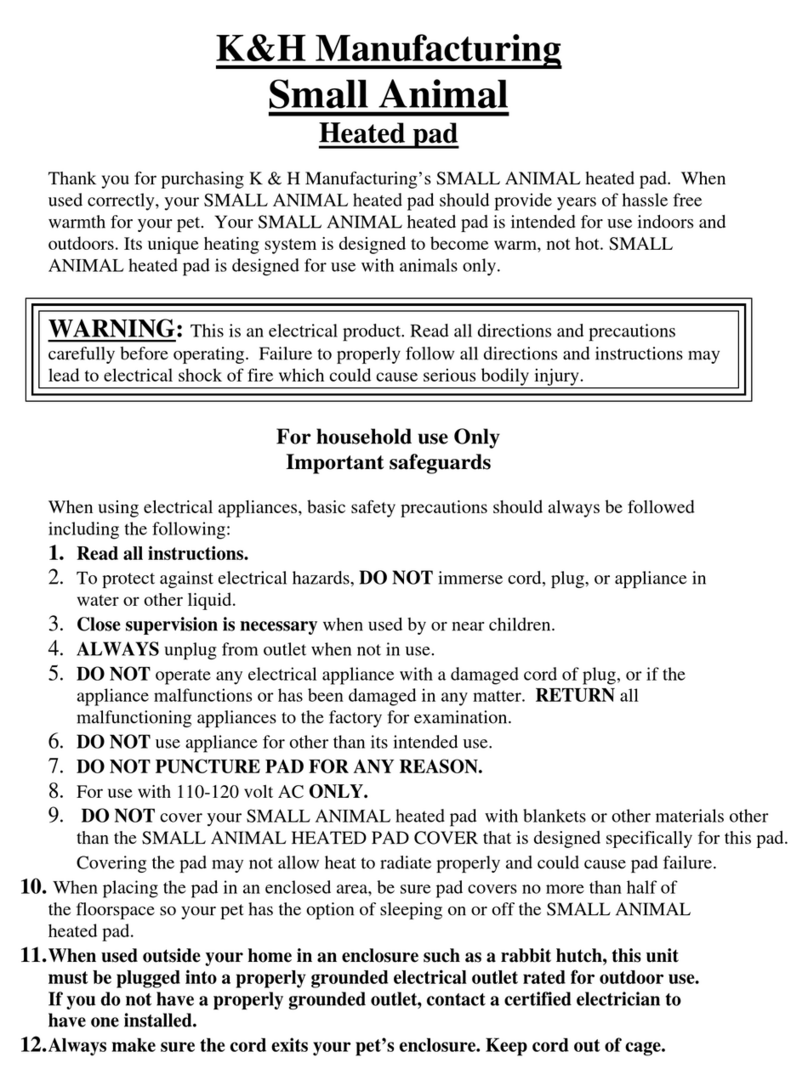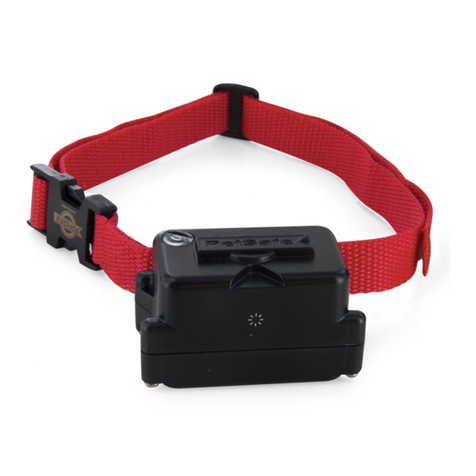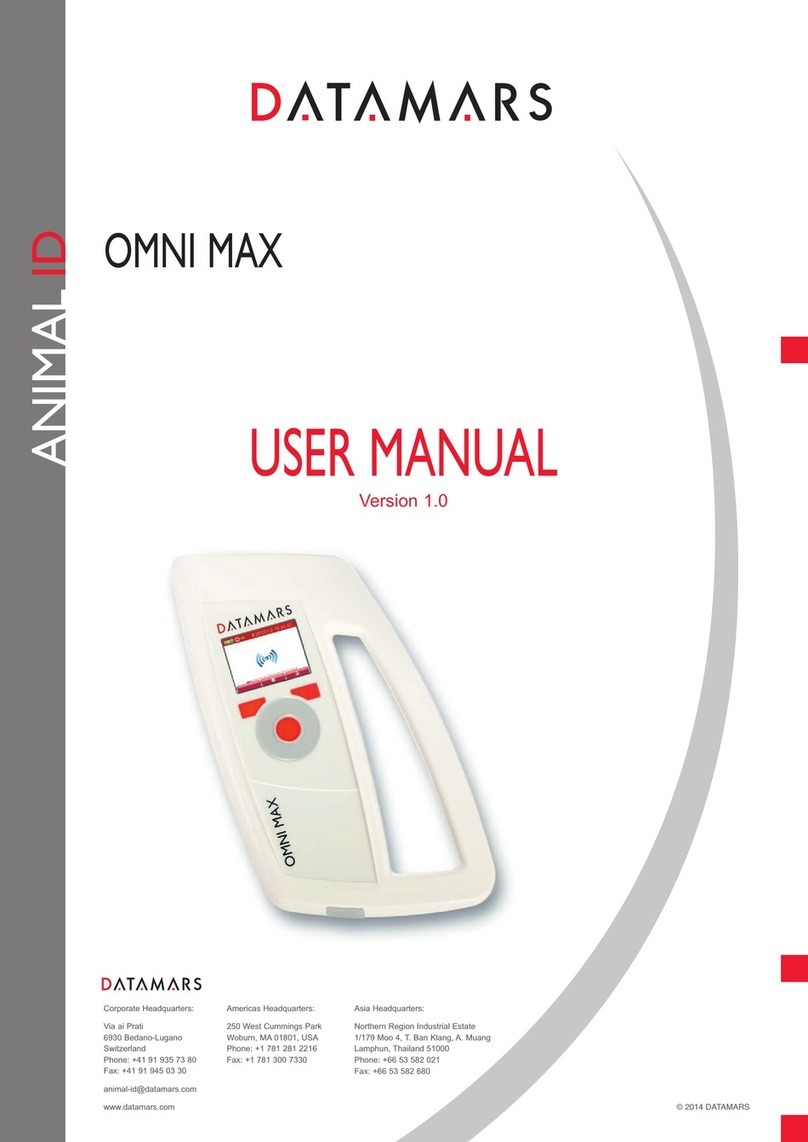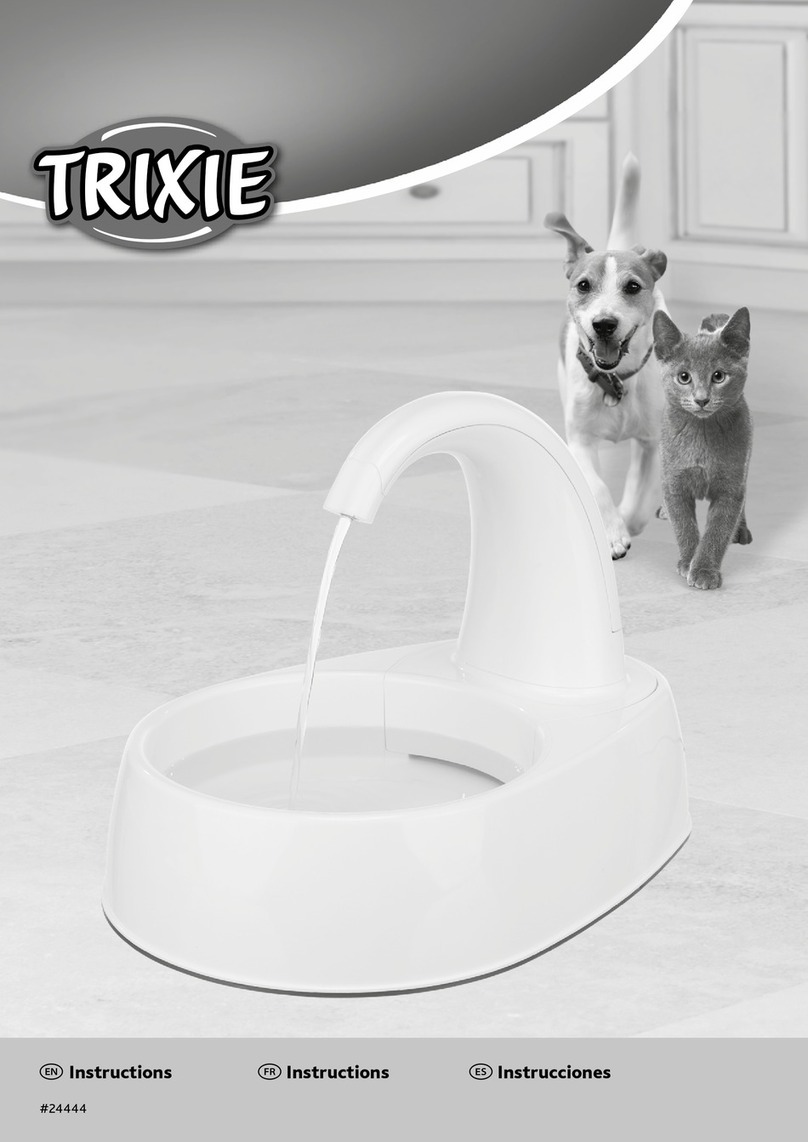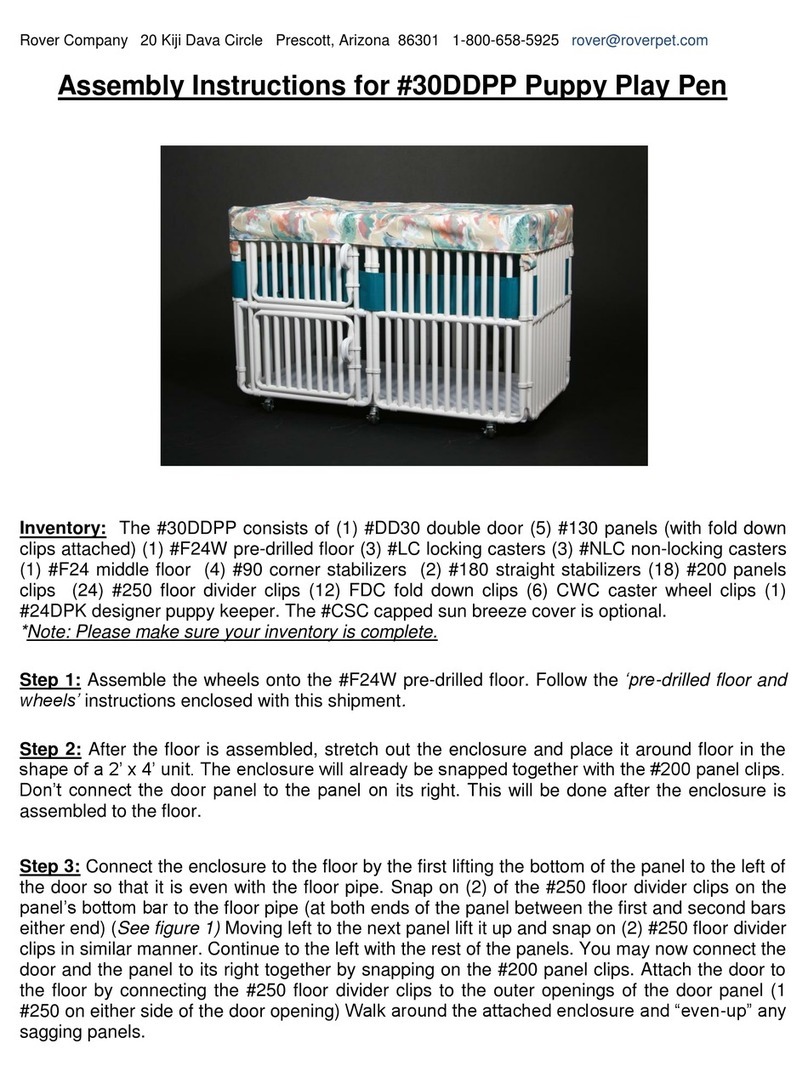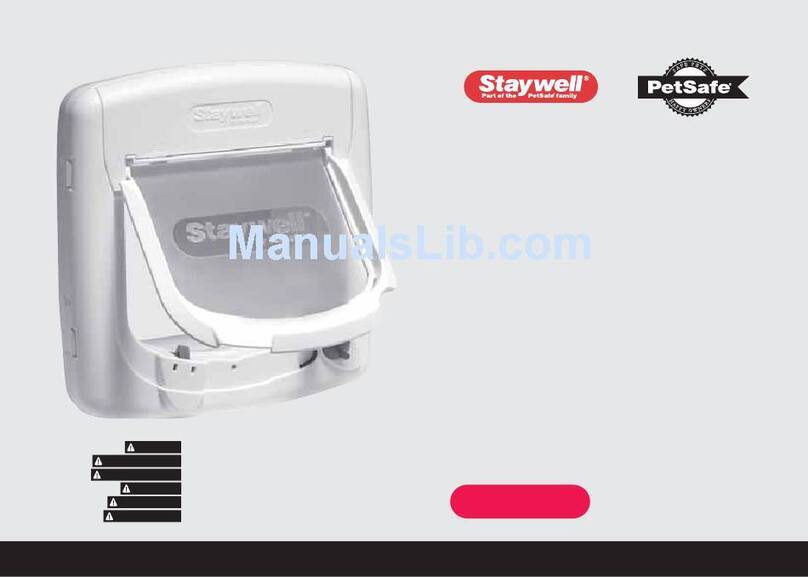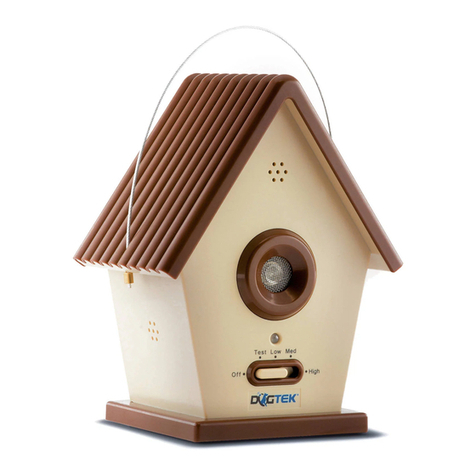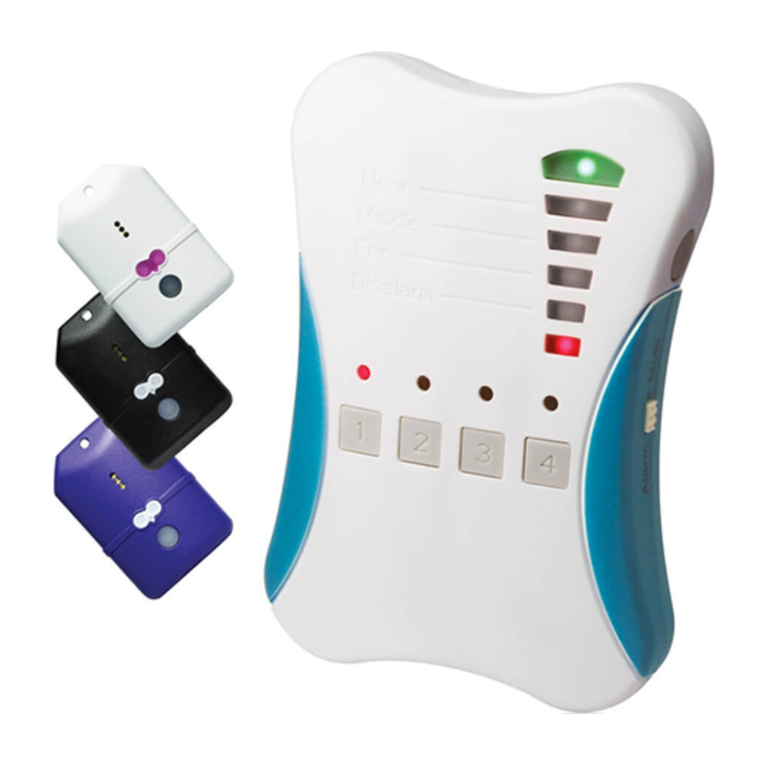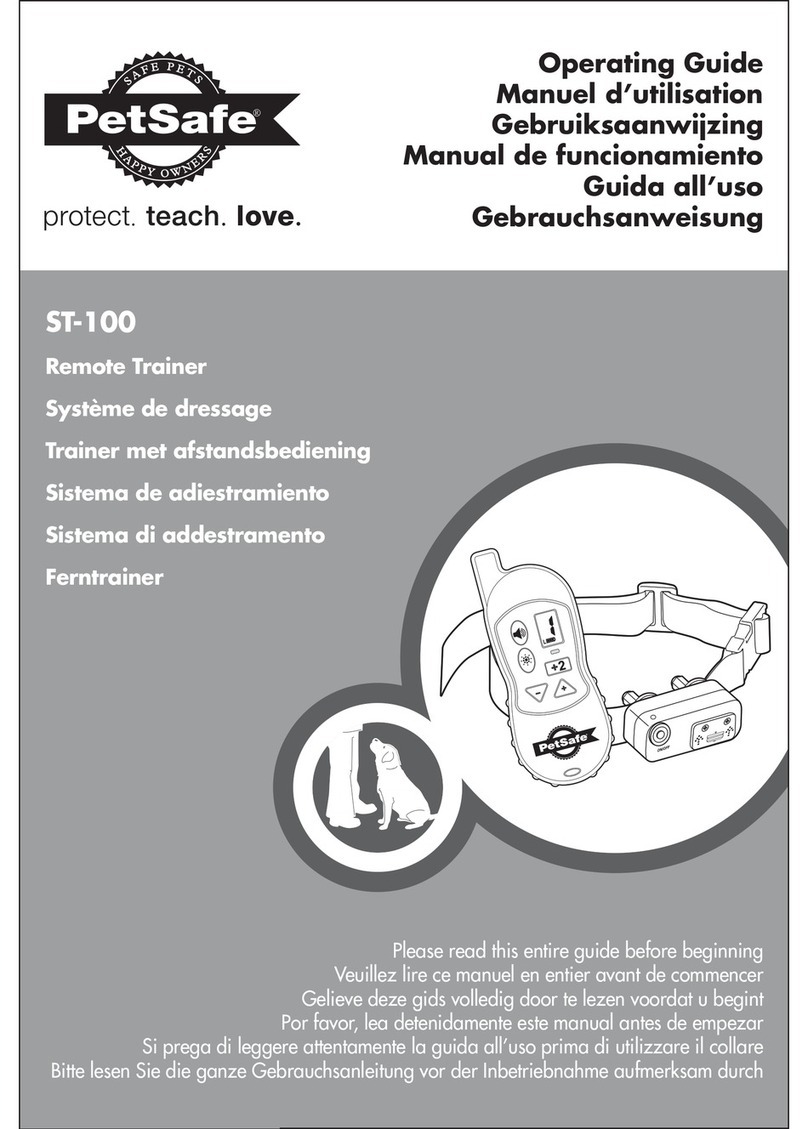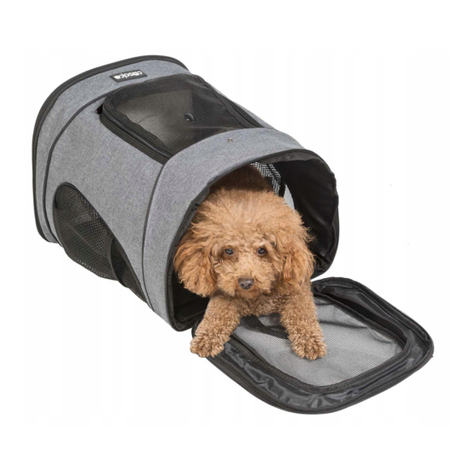BenQ T3300v User manual

Vet Ultrasound System
Quick Guide

2
Table of Contents
I. Ultrasound System
II. Transducer
III. Accessories
IV. Using the System
1. Turning On/Off the System
2. Adding a New Patient
3. Selecting a Preset
4. Splitting the Imaging Screen
5. Adding Annotations
6. Adding Body Mark
7. Adding Measurements
8. Saving and Printing the Image
9. Reviewing the Image
V. Using Image Controls
1. B Mode Image Controls
2. Color/Power Mode Image Controls
3. M Mode Image Controls
4. PW Mode/CW Mode Image Controls
VI. Troubleshooting

3
I. Ultrasound System
No.
Component
Function
1
Touch screen
Display system information and allow you to perform
operations using different gestures.
2
Speakers
Built-in speakers for playing sounds, which are software-
controlled
3
Transducer
connection socket
Connect a transducer to the system.
4
Battery indicator
When the system is connected to power:
l If the system is turned off or enters sleep mode, the
battery indicator behaves in the following lighting
patterns:
- Steadily on orange when the battery is charging.
- Steadily on green after the battery is charged.
l
If the system is turned on, the battery indicator lights off.
5
Power Indicator
Steadily on blue after the system enters Sleep mode.
6
MicroSD card slot
Insert a microSD card into the microSD card slot to exchange
data from/to the system.
7
AUX port
For use by authorized service personnel only
8
HDMI port
Connect the system to an HDMI (High-Definition Multimedia
Interface) device.
9
Ethernet socket
Connect the system to an Ethernet-based network.
10
USB 2.0 port
Connect the system to USB 2.0/USB 3.0 devices, such as
keyboards, pointing devices, or portable storage devices.
11
USB 3.0 port
12
Headphone jack
Connect the system to an audio device, such as headphones
or speakers.

4
No.
Component
Function
13
Power button
l Press and hold the Power button to turn on/off the
system.
l Press the Power button to enter/exit sleep mode.
14
VESA mounting
holes
Used to install the system on any VESA wall mounts,
including the system cart.
15
Ventilation slots
Release excessive heat during operation to keep the system
in a safe operating temperature.
16
Power input
socket
Used to connect the system to power.
17
Anti-theft lock slot
Used to lock the system securely to a solid surface to protect
it from theft.
18
System stand
l Lift the stand to sustain the system on a flat surface.
l Can be used as a handle to carry the system around.
19
Transducer
holder holes
Used to install the transducer holder.

5
II. Transducer

6
III. Accessories
Carrying the System
Installing the Transducer Holder

7
Connecting the Transducer

8

9

10
IV. Using the System
1. Turning On/Off the System
Press and hold the Power button to turn on the system. The system enters the main
screen or the user login screen after system startup.
Press and hold the Power button until the Power off menu appears on the screen,
then touch OK to turn off the system.
After turning on the system and successfully logging in as a registered user, if data
security is enabled, one of the following main screens appears.

11

12

13
System toolbar
Display information about current battery level, volume, system storage, and network
connection status. Touch anywhere on the system toolbar to open the Quick Setup menu
for system configuration.
Scan mode (image control) buttons
When using duplex or triplex modes, touch the scan mode (image control) buttons here to
display and adjust its corresponding image control settings -.
Image control settings
Scan mode buttons
Open the next/previous page of the image control settings
Freeze button
Freeze the current scan.
Save button**
Save a default set of image frames as a loop to the system hard drive.
ROI (region of interest) area
Use the Zoom function to zoom in and pan across the current image.
Home button
Return to the real-time imaging screen in B mode.
TGC (Time Gain Compensation)
Slide any of the 8 TGC sliders to adjust the gain for the desired section of the 2D image.
Tuning button
Enable optimizing the image quality during a real-time scan. To turn it off, touch and hold
the button.

14
Func Key1/Func Key2 buttons
Assign each of these buttons as a shortcut to perform a function. The Func Key2 button is
available only in real-time imaging modes.
Ultrasound imaging area
Display the 2D imaging window in all scan modes. By default, the top area is close to the
region located near the transducer surface (near field). When scanning in M-mode/PW
Doppler/Triplex modes, the Time Series window displays under the 2D imaging window.
The time increases from left to right and re-starts from the left again. The imaging area
displays as common usage.
Adjust the overall resolution.
• Resolution (High Resolution): view a clearer yet superficial image.
• General (General Resolution): view a general resolution image.
• Penetration (Deep Penetration): view a deeper yet less clear image.
End Exam button
Close the current exam for the current patient, and start a new exam for the next patient.
All the value settings adjusted during this exam will be stored automatically.
Thumbnail area
Thumbnails of the scanned images/loops that are saved. Flick vertically to scroll through
the list.
No.
Function
Manage the LAN connection.
•: LAN Connected
Enable/disable the Wi-Fi function.
Enable/disable the Bluetooth function.
Cast the system screen to an external display.

15
Display the percentage of the system storage used.
• : Storage usage empty
• : Storage usage full
Check and manage outgoing queues to the DICOM server.
• : DICOM Disconnected
• : DICOM Connected
Set current date and time.
Adjust the volume.
Adjust the brightness.

16
2. Adding New Patient
1. On the imaging screen, touch > Patient
2. Touch New Patient. Enter the patient information as much detailed as possible:
- Touch in a text entry field, and use the virtual keyboard to input contents.
- Touch Next on the keyboard to go to the next field.
- To finish and close the keyboard, touch
3. The system saves patient information automatically when you touch Start Exam.
Updating Patient Information
1. During real-time scanning, touch > Patient. Existing information of the current
patient displays on the Patient screen.
2. Enter the new information in the desired fields.
3. The patient information is saved automatically. Proceed with real-time scanning of this
patient by touching Start Exam.

17
1. On the imaging screen, touch > Preset. All the available presets compatible with
the connected transducer display on the Preset screen.

18
2. Touch the preset to scan, and you will be redirected automatically to the real-time
imaging screen.

19

20
Adding Annotations
On the real-time, frozen or review imaging screen, you can to add annotations to the
ultrasound images in order to explain the anatomy.
After you are done adding annotations, you can still move the annotated texts or arrows
anytime by touching and dragging them to your desired location.
NOTES
l You can select whether to keep or erase the annotations added after you return to the
live scan by touching > Settings > Workflow > (Auto-clear Annotation after
Unfreeze) > select an option.
l When in Review mode, touch Show Annot +/- to set whether to show all or the last
annotations, or to hide them all.
l To delete annotations, including texts and arrows, touch Erase Annot to erase the last
annotation added. Repeat this action, if needed, to continue erasing annotations.
l To directly erase all annotations, touch and hold Erase Annot.
Arrow
1. Touch Arrow. An arrow appears at the text home position.
2. Touch anywhere on the imaging area, and drag the arrow to the desired location.
3. Release your finger to place the arrow. The arrow then turns green.
4. Touch anywhere on the imaging area, and drag to rotate the arrow.
5. Release your finger to place the arrow. The arrow turns yellow and is fixed.
Table of contents
